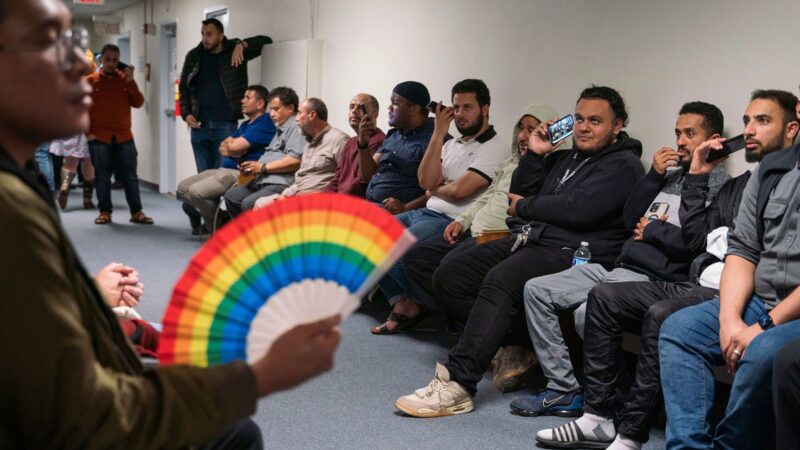Ahead of the Islamic new year, The King Abdulaziz Complex for Holy Kaaba Kiswa at the General Presidency for the Affairs of the Grand Mosque and the Prophet’s Mosque weaves the Kaaba cloth (kiswa) annually, ensuring it is of the highest quality. The process which takes place prior to early Muharram, consists of 10 phases.
STEP 1:
During the first step, the temperature of water used to wash the silk of the kiswa is set.
STEP 2:
The second step entails washing the cloth at high temperatures to remove the protecting layers of wax followed by dyeing of the outer, black side of the kiswa, and the inner, green side, known as the Prophet’s Chamber.
STEP 3:
The third phase revolves around it’s quality check, with random samples being taken from the cloth before and after dyeing.
STEP 4:
This is followed by the fourth step of automated weaving, comprising of more than 9,900 threads per meter of silk.
STEPS 5 and 6:
The fifth entails printing Quranic verses on the Kaaba belt, and the sixth consists of manual embroidery.
STEPS 7 AND 8:
During the seventh phase, Quranic verses and Islamic inscriptions are embroidered with gold-plated silver wire threads, while during the eighth phase the quality is checked, with the aim of ensuring the highest quality standard.
STEPS 9 AND 10:
Workers assemble the kiswa during the ninth phase, while the last step involves replacing the old kiswa with the new.
This year the replacement was carried out by 200 technicians from the King Abdulaziz Complex for Holy Kaaba Kiswa. The new covering consists of four separate sides and a door curtain. It is manufactured from about 850 kg of raw silk, 120 kg of gold thread, and 100 kg of silver thread.
Source: Zawya

Inflics provides it readers the information that they need in concise and short articles, making information and news more accessible to everyone.





